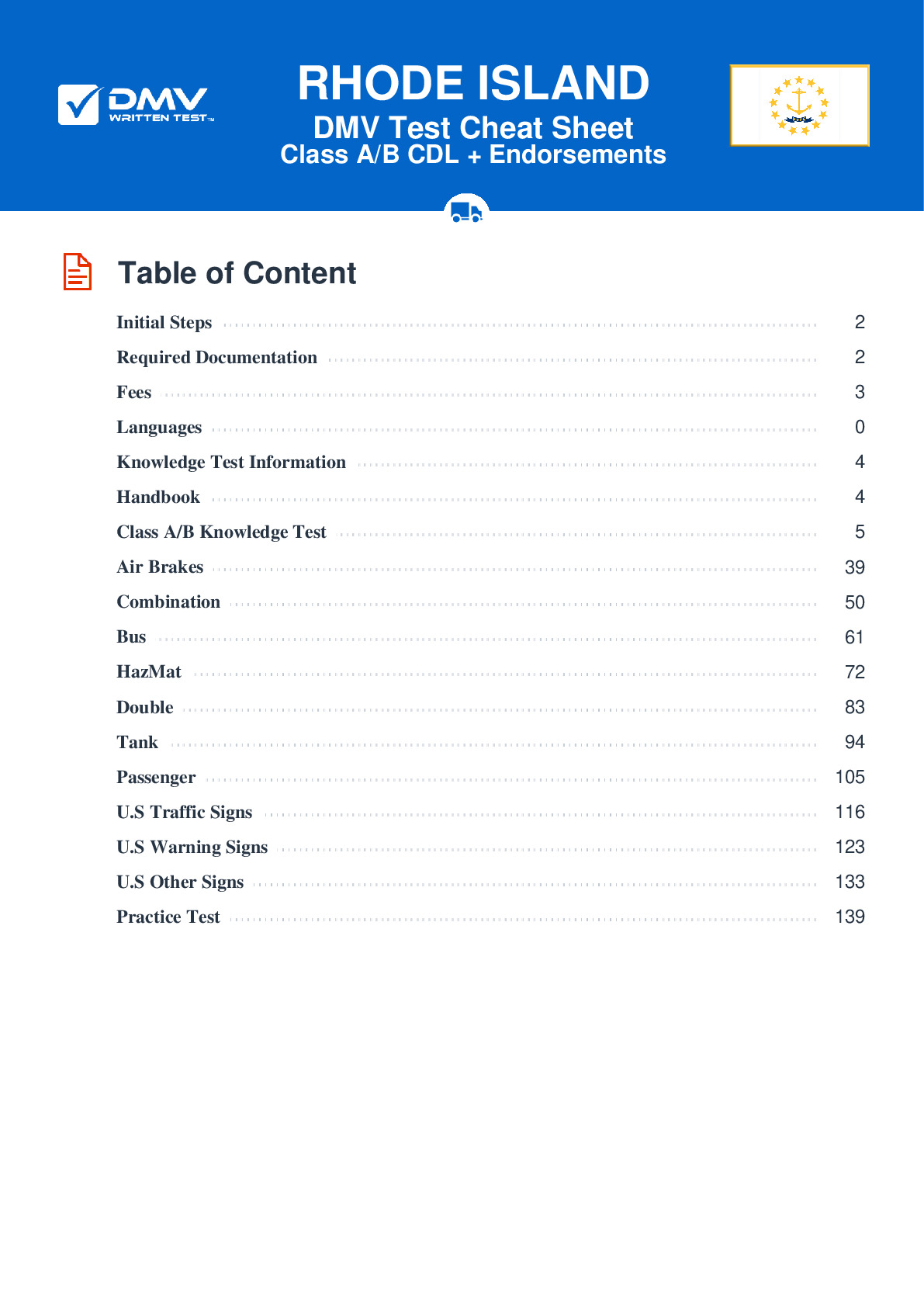Combination
All applicants who are applying for a Class A CDL should be prepared to take the Combination test. This test covers information found in Section 6 of the Commercial Driver License Manual. Section 6 provides the information needed to safely operate tractor-trailers, doubles, triples, and straight trucks with trailers. The test is made up of 20 multiple-choice questions, and applicants will need to correctly answer a minimum of 16 questions to pass. The Combination test is not a replacement for the Double/Triple endorsement test.
Number of Question
Passing Score
8. If you cannot reverse your trailer in a straight path, you should:
Explanation
If you need to back your trailer but cannot back up in a straight path, you should back on a curved path toward the driver's side of the vehicle. This will allow you the best possible visibility while backing.
9. If the emergency air line loses pressure:
Explanation
The emergency air line controls the emergency brakes on a combination vehicle. A loss of air pressure in the emergency line will cause the emergency trailer brakes to activate.
10. A driver should test the tractor protection valve by:
Explanation
You should test the tractor protection valve by allowing the air supply to properly charge, turning off the engine, then releasing air from the system by pressing the brake pedal several times. The tractor protection valve should move into its emergency position when psi drops to an unsafe level.
11. If you are backing and the trailer begins to drift off-course, the driver should:
Explanation
If your trailer begins to drift while you are backing, you should correct the drift immediately by turning the top of the steering wheel in the direction of the drift.
12. What does an Anti-Lock Braking System (ABS) do?
Explanation
An Anti-Lock Braking System (ABS) helps prevent wheel lockup during hard braking. If ABS detects impending lockup, it reduces braking pressure to a safe level.
13. If your vehicle gets stuck on railroad tracks, you should:
Explanation
If your vehicle gets stuck on railroad tracks for any reason, you should immediately exit the vehicle and walk away from the tracks. Contact the proper emergency authorities.
14. If a parked trailer does not have spring brakes, you should keep the trailer from moving by:
Explanation




